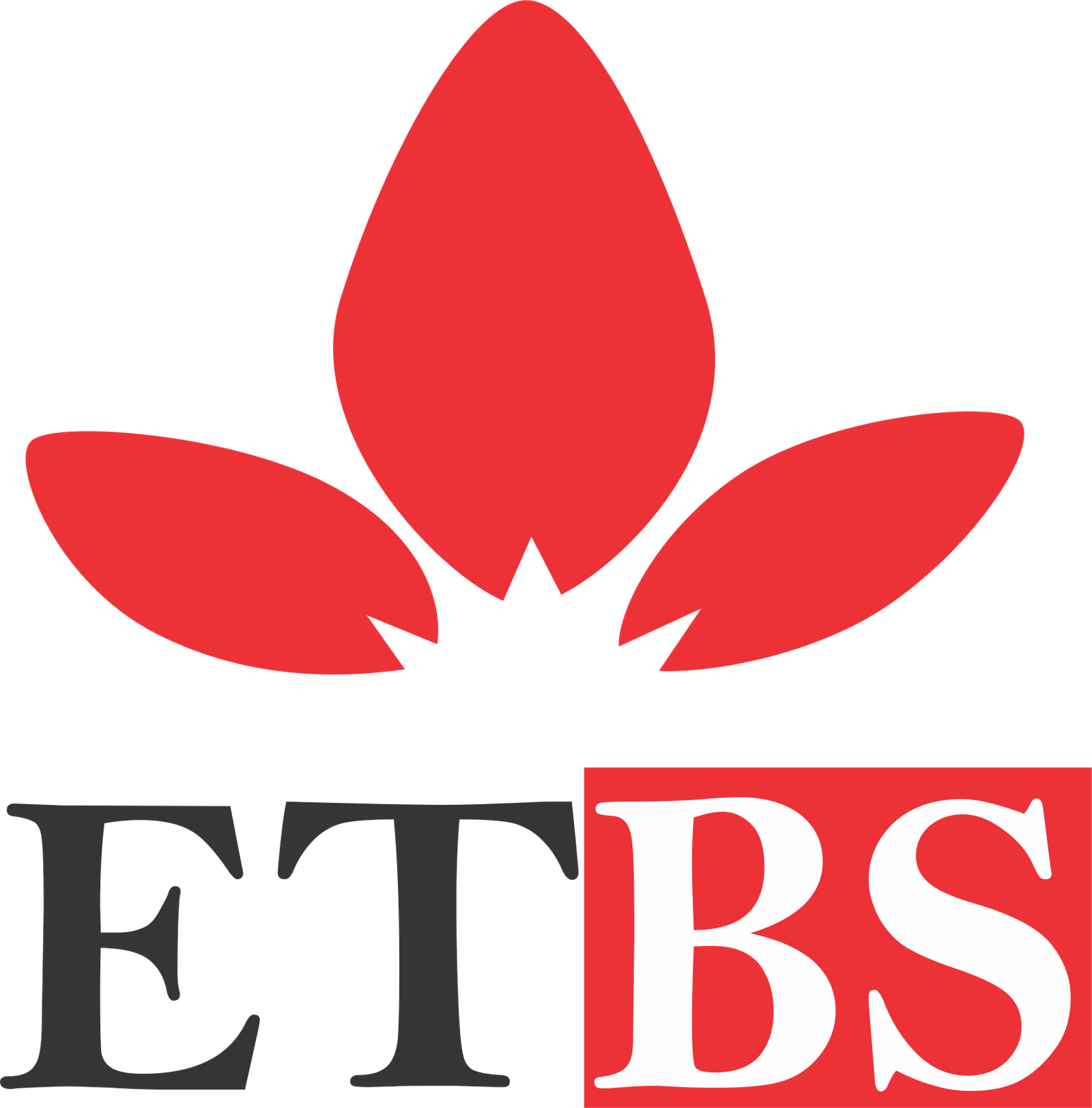 EarthTab Business School
EarthTab Business School
☰
|

This course is a full-stack, operator-level program that unites modern corporate marketing with B2B sales execution across complex, multi-stakeholder buying environments. It moves far beyond tactics, building a rigorous system that spans market intelligence → strategy → go-to-market (GTM) design → demand creation → pipeline management → enterprise selling → revenue operations → governance & measurement. Individuals graduate with practitioner-grade artifacts (ICPs, ABM plans, value architectures, playbooks, SLAs, dashboards) and the decision frameworks to adapt them to any sector. Longer, committee-driven buying cycles: Deals hinge on consensus across Finance, Procurement, IT/Security, Legal, and Business Owners. You’ll master motion design for each stage and stakeholder. Signal overload, scarce attention: Buyers research anonymously. You’ll learn to capture intent signals and orchestrate multi-threaded, account-based engagement. Attribution ambiguity: Multiple touches, dark social, and partners complicate ROI. You’ll implement multi-touch and contribution models plus budget reallocation loops. Pressure on unit economics: CAC is rising, LTV volatile. You’ll build a RevOps spine to improve efficiency, payback and pipeline coverage. AI & automation: You’ll integrate data, AI, and workflow automation into the GTM system without sacrificing message-market fit or brand trust. Who should take this: B2B marketers, demand gen leaders, product marketers, sales managers/AEs/SDRs, founders, RevOps, and partner/channel managers selling considered purchases. Assumed basics: Marketing fundamentals, CRM familiarity, funnel concepts, and basic spreadsheet literacy. Quant sections are self-contained with worked examples. By the end, you will be able to: Architect a corporate GTM that aligns market segmentation, ICPs, positioning, pricing, distribution, and sales motions into one revenue system. Design and run ABM programs (1:1, 1:few, 1:many) using intent, technographic, and firmographic signals; build named-account plans and governance. Create value architectures: craft outcome-based messaging, ROI/TCV models, and stakeholder-specific business cases that survive CFO and Procurement scrutiny. Operationalize demand: build omnichannel programs (LinkedIn, email, events, content syndication, partners) with SLAs, MQL/SQL definitions, and lead recycling. Manage complex deals with MEDDICC, SPICED, or Challenger frameworks; run executive alignment, multi-threading, and mutual close plans. Stand up a RevOps backbone: lead routing, territories, forecasting, pipeline hygiene, attribution, dashboards, and QBR/MBR cadences. Quantify performance: compute CAC, LTV, payback, pipeline coverage, conversion ladders, pricing realization, and partner contribution—then reallocate budget. Market Intelligence & Strategy TAM/SAM/SOM models, category mapping, competitor game theory, JTBD discovery, win/loss analysis. Segmentation grid: Firmographics (industry, size, geo), Technographics (stack, cloud, architecture), Behavior (intent, engagement), Maturity (buying stage). Positioning, Narrative & Value Architecture Executive positioning, problem-framing narrative, offer architecture, value metrics (time saved, risk reduced, revenue uplift), proof assets (benchmarks, case deltas). ABM & Demand Design Account tiering (T1/2/3), hypothesis matrices, content atoms, channel orchestration (ads + social + SDR + events + partners), and message-map by role. Pipeline & Enterprise Selling SDR sequences, meeting design, discovery structures, solutioning, value quantification, procurement choreography, executive sponsorship, and deal health. Revenue Operations & Analytics Data schema (accounts, contacts, buying roles, opportunities, products), workflows, routing, forecasting methods, attribution frameworks, dashboards, and governance. Pricing, Packaging & Procurement Value-based pricing, willingness-to-pay signals, discount governance, competitive handles, TCO/ROI calculators, legal redlines, InfoSec reviews, MSAs/SOWs. Partner & Ecosystem Strategy Channel and alliances, co-sell/co-market motions, marketplace listings, MDF planning, partner attribution and enablement. Leadership & Change GTM operating model, planning cycles, headcount models, enablement programs, culture, ethics & compliance. ICPs: 3-layer model (Firmographic/Technographic/Signal layer). DMU Map: Economic buyer, Champion, Users, Influencers, Technical Gatekeepers, Procurement, Legal; power-interest mapping. Value Architecture: Problem → Impact → Capability → Proof → Outcome → Financial case (ROI, Payback, NPV). ABM Tiers: T1 (bespoke 1:1), T2 (clustered 1:few), T3 (scaled 1:many). Funnel & SLA: MQL → SAL → SQL → Stage 2+ Opportunity → Commit; speed-to-lead, disposition codes, recycle rules. Sales Methodologies: MEDDICC (incl. Decision Criteria/Process), Challenger, SPIN; mutual success plans. Attribution: W-shaped, U-shaped, Time-decay, Data-driven contribution + budget reallocation loop. Forecasting: Stage-weighted, bottom-up deal-by-deal, category commit/best case; risk adjustments. Pricing: Good-Better-Best, usage/seat/outcome pricing, enterprise agreements, uplift protections, price realization guardrails. RevOps Cadence: Weekly pipeline councils, monthly MBRs, quarterly QBRs, semiannual GTM resets. Lead → Revenue ladder Visit→Lead (VR), Lead→MQL (LM), MQL→SQL (MS), SQL→Opp (SO), Opp→Win (OW). Revenue = Traffic × VR × LM × MS × SO × OW × ASP. Pipeline Coverage = Open Pipeline for period ÷ Target (often 3–5× by segment). Win Rate = Won Opps ÷ Total Closed Opps. Sales Velocity (per segment) = (Opps × Win Rate × ASP) ÷ Sales Cycle (days). CAC = (Sales + Marketing Cost for period) ÷ New Customers. Payback (months) = CAC ÷ (Gross Margin × Monthly Revenue per Customer). LTV (subscription) = (ARPA × Gross Margin %) ÷ Churn Rate. Price Realization = Net Price ÷ List Price; Discount Leakage tracking. Partner Contribution = (Sourced + Influenced revenue) ÷ Total Revenue. Worked examples and spreadsheet templates are provided in-course. CRM: Object design, validation rules, routing, territories, forecast categories. MAP/Automation: Lead scoring (fit × intent × engagement), program setup, UTM governance, GDPR/CCPA compliance patterns. ABM Platforms: Intent ingestion → audience build → activation → lift analysis. Analytics: Funnel model, attribution model testing, cohort & retention views, content performance boards. Pricing/Deal Desk: Quote workflows, approval matrices, legal clause libraries, redline playbooks. Enablement: Asset repository taxonomy, certification ladders, call library tagging (discovery/objection/next steps). ICP & Segmentation Dossier (with proof signals and disqualifiers). Strategic Narrative & Value Messaging (role-based message-map + objection bank). ABM Plan (tiering, hypotheses, offers, channels, calendar, KPIs, lift plan). Demand Engine (omnichannel plays, content atomization, event architecture, retargeting, lead recycle). Sales Playbook (discovery flows, MEDDICC fields, mutual success plan template, executive alignment recipes). SLA & RevOps Charter (definitions, routing, timing, ownership, reporting). Pricing & Deal Desk Guardrails (discount table, approvals, ROI pack, procurement choreography). Partner GTM (target partner types, co-sell/co-market motions, MDF, attribution). Dashboard Suite (board view, operator view, manager coaching packs). Data governance: consent, PII handling, field hygiene, audit trails. Fairness: no discriminatory pricing or exclusionary targeting; ethical AI use. Brand integrity: claims substantiation, case study approvals, reference usage. Deal ethics: transparency in pricing, scope, and commitments; anti-bribery policies. Risk registry: legal (IP, indemnities), security (InfoSec/Risk), commercial (SLAs, performance), operational (capacity, support). Module quizzes to check concept mastery. Hands-on labs (scored rubrics) for ICPs, ABM plans, dashboards. Deal simulation: multi-role scenario (Econ Buyer, IT, Procurement) judged on discovery, value quant, and close plan. Capstone: full GTM for a target segment, with board-style readout (narrative, ABM, demand plan, sales plays, RevOps, pricing, forecast, risk). Oral defense: 15-minute viva on metrics tradeoffs and scenario pivots. ABM Plan (20 pts): Hypothesis clarity (4), stakeholder mapping (4), channel-offer fit (4), KPI design (4), governance & risks (4). Sales Play (20 pts): Discovery quality (5), multi-threading (5), value/ROI articulation (5), mutual plan & next steps (5). Dashboard (20 pts): Executive vs. operator layers (5), metric integrity (5), attribution plausibility (5), decision hooks (5). ICP Canvas: Industry → Sub-industry → Trigger → Pain → Value metric → Disqualifiers. Stakeholder Map: Role → KPI → Risk sensitivity → Objections → Proof needed → Plays. Message-Map: Problem → Insight → Capability → Value → Proof → CTA (per role & stage). Mutual Close Plan: Milestone → Owner (buyer/seller) → Date → Risk → Mitigation → Exit criteria. Attribution Matrix: Channels × Stages with model weights + override policy. Forecast Sheet: Deal probability overrides, risk flags, upside/commit splits. Discount Guardrail: Thresholds, approvals, give-gets, value justification memo. Partner Plan: Ideal partner profile, incentive model, MDF, enablement path, scorecard. Objective: Launch a GTM for one sub-segment (e.g., mid-market financial services) for a complex SaaS or services offering. ICP dossier and named-account list with intent rationale. Tiered ABM plan with 90-day calendar and KPIs. Demand engine (email/social/content/event) with assets mapped to buying stages. Sales playbook (discovery flows, objection handling, executive alignment path). Pricing/package with ROI model and deal desk rules. RevOps & dashboard suite; forecast to year-end with sensitivity. Risk register & compliance plan. Category creation vs. category capture (messaging and budget implications). Buying friction diagnostics (time-to-value, legal cycle compression, security posture). AI copilots for reps and marketers (research, message drafts, call notes, next-step proposals) with review workflows. Marketplaces (listing strategy, private offers, co-sell signals, attach rates). Enterprise agreements (ramp schedules, adoption incentives, price protection, renewal mechanics). Renewals & expansion (land-and-expand design, adoption and health scoring, CSM playbooks, QBR content). Speed-to-lead: < 10 minutes (in-hours) for T1/T2 accounts. Pipeline coverage: 4× for strategic segments; 3× for run-rate. Stage conversion: SQL→Closed-Won ≥ 25% (segment-dependent). Discount realization: ≤ 15% average vs. list for enterprise; tighter for SMB. Win rate on multi-threaded deals vs. single-threaded: +12–20 pp uplift. Partner-influenced revenue: 20–40% for ecosystem-led categories. Forecast accuracy (current quarter): ±10–15% at month-2 lock. 10 modules × 2–4 hours content + 2 hours lab each = ~40–60 hours. Capstone: ~12–20 hours team work + presentation. Weekly office-hours style clinics for Q&A and artifact reviews. ABM: Account-Based Marketing; program to engage a finite set of accounts with tailored plays. Context: Cybersecurity platform targeting banks; deals average $350k ARR; 9-month cycles; heavy InfoSec scrutiny. Strategy: T1 ABM to top 40 banks; T2 cluster for regional banks; marketplace co-sell with major cloud providers. Plays: Analyst-led narrative, executive risk briefings, technical workshops, zero-trust ROI calculator, reference CISO council. Sales: MEDDICC enforced in CRM; weekly deal councils; executive sponsor for T1s; mutual close plans. RevOps: Intent+fit scoring, auto-routing to vertical pods, time-decay attribution, cohort LTV/CAC reporting. Outcomes: Pipeline 4.8× cover, win rate +9 pp, payback reduced from 18 to 13 months, forecast variance ↓ by 11 pp. Case-based teaching: Learners apply frameworks to real accounts and present executive readouts. Artifact-first: Every theory block yields a tangible asset. Red-team reviews: Peer critique to uncover gaps in ICPs, messaging, and deal strategy. Operator panels: Live sessions with CMOs, CROs, and RevOps leaders on trade-offs and failure modes. Graduates leave with a portfolio: ICPs, ABM plan, demand calendar, sales playbook, SLA/RevOps charter, dashboards, pricing pack, and a defended GTM; evidence of operator capability, not just course completion. I Look Forward To Congratulating You Upon Completion Of This Course.Course Title: Corporate Marketing & B2B Sales
Course Overview:
Welcome To EarthTab Business School. My Name Is Wei Wang And I Will Be Your Course Preceptor For The Course,Corporate Marketing And B2B Sales.
1) What This Course Solves (and Why Now)
2) Target Learner & Prerequisites
3) Learning Outcomes (Operator-Level)
4) Course Architecture (How the Pieces Interlock)
5) Canonical Frameworks (Taught and Practiced)
6) Quant Toolkit (Formulas & Benchmarks)
7) Systems & Tools (Hands-On Labs)
8) Core Playbooks You’ll Build
9) Governance, Risk & Ethics
10) Assessment Model
11) Sample Rubric Snippets (Operator-Level)
12) Reference Architectures & Templates (Provided)
13) Capstone Brief (Excerpt)
Deliverables:14) Advanced Topics You’ll Touch
15) What “Good” Looks Like (Operating Targets)
16) Course Flow & Time Investment (Indicative)
17) Glossary (Selected)
MEDDICC: Metrics, Economic Buyer, Decision Criteria, Decision Process, Identify Pain, Champion, Competition.
RevOps: Revenue Operations; unifies process, data, tooling, and analytics for Marketing, Sales, CS.
MDF: Market Development Funds; partner co-marketing budget.
Price Realization: Share of list price captured after discounts & concessions.
Commit/Best Case/Pipeline: Forecast categories representing confidence levels.18) Example Scenario Walkthrough (Condensed)
19) Instructor Guidance (Pedagogy)
20) Completion Proof

Unlocking Professional Potential through world-class assessments and industry-ready training.
"Empowering Professionals through practical, accessible online business education"
- Blessing Princess Agho
 Founder/Lead Instructor
Founder/Lead Instructor